Your dog’s barking is his main means of communicating with you and the world around him. When lifestyle changes occur, it is normal for anyone to feel a little disoriented, anxious, stressed, or afraid, even your dog, who may start to let you know more and more insistently through his barking.
What to do when my dog barks too much?
You know him better than anyone. The first thing you should do is start observing him be able to identify the cause of this situation, pay attention to recent changes in his environment, although it could also be that he is asking for more food or time with you.
We share some tips to keep everything under control when this becomes a problem:
- Nobody likes scolding, that includes your dog; By responding to their barking in this way, you are only increasing their anxiety and fear. A little understanding and guidance would help him more, which helps more when it comes from his leader, so you must give him firm indications so that he understands that it is not good to bark so much.
- Like any child, your puppy likes gifts, especially when they are toys that he can bite at will; These could be a great ally to calm your anxiety and keep you entertained when you are not there.
- A healthy mind in a healthy body, also applies to dogs, who are less afraid and depressed when their days are full of activities, who wants to bark at night when they are happily exhausted?
- A little doggy TV can also help. Seriously! You may not have tried it before, but dogs are attracted to seeing other dogs on television, whether in movies, series, cartoons or you can even search for videos on the internet made especially to entertain or calm dogs through pleasant images to them.
- On the other hand, there will always be situations that can cause fear or stress to your dog, although they are not risky situations for both; try to distract him with something he really likes until he calms down, be it his toy or a snack.
You might also like: THE HEARTWORM: A TRAVELER WE DON’T WANT
Remember that dogs also have feelings that cause them some reactions that can get out of control. To remedy some, we recommend that you turn to a veterinarian who specializes in canine behavior (ethologist) so that he can help you find the best solution.
Anyone who has a four-legged friend knows very well how important it is to take care of him: food for dogs and cats is today of fundamental importance to your pet’s health. The unconditional love we feel for our furry puppy pushes us to choose the best because his well-being goes hand in hand with ours. The attention we devote to choosing healthy and balanced food is one of the aspects that most influence the quality of life of domestic dogs and cats. Finding your way around the great cauldron of pet food is not easy, let’s see which are the golden rules to follow.
CAT AND DOG FOOD: HOMEMADE OR COMMERCIAL?
Regarding dogs, first of all, you need to evaluate their size, breed, age, and health conditions: based on these variants and thanks to the advice of your veterinarian, you can determine the daily intake of calories needed. For example, a small dog eats between 90 and 120 grams of food per day, while a large dog, such as the Doberman or Labrador, may need up to 800 grams of “food”.
Regardless of the individual cases, the general principle applies to every one according to which home-made food, the same one we eat to be clear, is not always healthy. Four-legged friends have nutritional needs that do not coincide with ours and the habit of offering them table scraps without discrimination can cause negative effects on their metabolism in the long run.
Let’s not forget that dogs are omnivores, they need the right amount of animal proteins but also fruit and vegetables. Among the prohibited foods are chocolate, sausages, salt, garlic, onion, grapes, and yeast. Beware also of cooked bones because they tend to break easily and therefore to be dangerous. An exclusively “do-it-yourself” diet is however possible as long as you follow the instructions of an expert. The ideal is to alternate a home diet with industrial food, such as croquettes or canned meat, complete and balanced foods.
THE BENEFITS OF CANNED FOOD
Speaking of dog and cat food, it must be considered that dog treats, or dry food, have the advantage of being easy to dose and practical to dispense, especially when you are away from home. Furthermore, thanks to their abrasive action, the croquettes contribute to the dental hygiene of our furry friends by acting as a “toothbrush”.
Many hesitations about the use of commercial dog food relate to the idea that they may contain poor raw materials and chemical additives. In reality, you need to know how to make the appropriate distinctions between the infinite proposals on the shelf and choose quality products, that is, those that contain a wide range of proteins and are enriched with digestible elements such as rice. Whether it is complete croquettes (they replace a meal and must be integrated only with water) or complementary feeds to be associated with something else, it is good to put only the right amount in the bowl, avoiding excesses. On the packages, there are nutritional tables based on weight.
However, many four-legged friends prefer wet food, canned meat bites with added vitamins and minerals: they contain more water, are tastier and more rewarding to eat but have the disadvantage of being eaten quickly and they do not play abrasive action on the teeth. A good idea is to mix the croquettes with some morsels of meat, perhaps chicken and rabbit
CAT AND DOG FOOD: WHAT TO PUT IN MICRO’S BOWL
While the dog is omnivorous, the cat has remained carnivorous: its diet must respond to a high requirement of proteins and fats of animal origin. As for Fido, even Micio’s diet cannot be a “duplicate” of ours but must be prepared by informing yourself correctly with the help of a veterinarian. The choice of products without dyes and preservatives, which prefer poultry and rabbit, is undoubted to be preferred. Cats are fond of beef and offal and usually prefer wet food served in small morsels. In the summer, the choice of croquettes can prove to be a winner for the preservation of the product but it must be kept in mind that the croquettes are not a snack but replace a meal, therefore be careful not to exceed the doses indicated on the packaging.
Some of the ingredients that end up in commercial pet foods are truly shocking. What’s more, many of these will not appear on the label and others are hidden under umbrella terms such as ‘meat meal’ and ‘meat by-products’. How can this happen? The pet food industry is highly unregulated. As Ann Martin, author of Foods Pets Die For, writes in her article The Pet Food Industry and its Questionable Practices, ‘Governments in the USA and Canada regulate the labeling of the food, the name and address of the company, the weight of the product, and whether it is made for a dog or cat – nothing more.’
The meats used in pet food can be extremely low grade and unfit for human consumption. Summarized as the ‘4 D’s’ (dead, diseased, disabled, and dying), these can include roadkill, zoo animals, and infected and cancerous meats.
At the rendering plants ingredients are highly heated and processed, destroying nutrients and enzymes, with strong preservatives added which do not appear on the labels. These include fat stabilizers such as BHA (butylated hydroxyanisole) and BHT (butylated hydroxytoluene), both of which are known to cause liver and kidney dysfunction, and Ethoxyquin, a suspected cancer-causing agent. Semi-moist dog foods may also contain propylene glycol, a relation to ethylene glycol (anti-freeze), which can destroy red blood cells.
Pets in your pet food
Though reportedly not the case today, it is well recorded that dogs and cats have ended up in dog and cat food. In his 1990 article How Dogs and Cats Get Recycled Into Pet Food, John Eckhouse, an investigative reporter, wrote: ‘Each year, millions of dead American dogs and cats are processed along with billions of pounds of other animal materials by companies known as renderers. The finished products — tallow and meat meals — serve as raw materials for thousands of items that include cosmetics and pet food.
Doctor of veterinary medicine Wendell Belfield in Foods Not Fit For a Pet (Earth Island Journal, 1996), reports that ‘federal and state agencies, including the Food and Drug Administration and medical groups such as the American Veterinary Medical Association and the California Veterinary Medical Association, confirm that pets, on a routine basis, are rendered after they die in animal shelters or are disposed of by health authorities, and the end product frequently finds its way into pet food.’
Toxic Grains
The very use of grains in pet food is questionable as grains are ill-suited to the digestive physiology of carnivores. This is especially so for cats who are obligatory carnivores and meet their glucose requirements through amino acids in their diet. Further, the grains used in dog and cat foods may contain mycotoxins, fungi that can cause chronic conditions and even death in both humans and animals. As the grains used in pet food are low grade, they are dealt with last in the handling process and because of this are often left in storage where insects, mites, and mycotoxin molds can grow.
The consumption of dead mites can cause skin allergies. If your pet has skin allergies, change their diet first before turning to steroids which can be seriously detrimental to your pet’s health.
Aflatoxin poisoning, a common mycotoxin that grows on corn as well as other foods, has been reported for over 50 years. Vomitoxin is another mycotoxin found in wheat products. Where large doses of mycotoxins can cause cancer and even rapid death, small continuous amounts may suppress the immune system and damage organs over time, leading to long-term chronic health conditions.
Just recently at the end of 2005, over 100 dogs were killed in the United States because of aflatoxin found in pet food, with some 19 brands of Diamond dog food being recalled. It is likely there were many more deaths than those reported, and as aflatoxin attacks the liver it is likely surviving dogs may develop chronic liver disease or liver cancer in the future.
Toxic Chemicals
The toxin sodium pentobarbital, a chemical is used to euthanize animals and pets, has been found in commercial pet foods. The US Food and Drug Administration’s Center for Veterinary Medicine performed two studies (1998 and 2000) to test for pentobarbital. Of the 74 samples analyzed, over half were found to contain pentobarbital. What’s more, none of the 43 brands and product lines that tested positive warned of its presence on their labels.
The FDA researchers also tested the food for the presence of dogs or cats but reported none present. It was believed the pentobarbital residues were entering pet foods from euthanized, rendered cattle, or even horses.
The FDA says the small amounts of the drug found in these foods were harmless, but not all veterinarians agree. Long-term continual doses, even at small levels maybe increase the onset of chronic and degenerative diseases.
Aside from the toxins and base ingredients of commercial pet foods, these harshly processed and high-carbohydrate products in no way match the natural diets dogs and cats would have eaten in the wild. They are species-inappropriate and ill-suited to canine and feline physiology. I recommend healthy, homemade, raw diets or optimum natural, holistic alternatives for the health and well-being of your dog and cat. Before embarking on a raw food diet (otherwise known as BARF – ‘biologically adequate raw food’), thoroughly research the area first as nutritional balance is essential.
Some activities are necessary to maintain an optimal state of physical and mental health of your dog and, although they can be seen as complicated, these should not stop. Next, we share some hygiene measures that will help you when returning home with your dog and maintaining good hygiene.
According to the amount and type of dirt, we can define two cleaning options:
For light soiling, use damp towels.
If they made a quick exit and you think your dog did not come into contact with any substance that was harmful to him, you can use a wet wipe to clean his paws, but be sure to read on the packaging that they are safe and approved for use on pets.
A simple and inexpensive variant is to use paper towels dampened with a little warm water and dog shampoo to clean their paws before entering the house.
For a lot of dirt, do a foot bath.
If your dog’s departure was very active and crossed several surfaces or if you think that he stepped on any substance that could affect his health, deep cleaning will be necessary, at least on his legs.
With small dogs, you can use a sink, and with large dogs, you can do it in the bathtub. In both cases, use warm water and dog shampoo to scrub the dirty areas very well and clean from their pads to above their ankles. Rinse very well to avoid leaving soap residue.
Aspects to take into account when cleaning the dog’s paws:
- Cleans very well around fingers and nails. Do this by separating and rubbing each of your fingers and don’t forget to gently but firmly rub your pads as well.
- Dry their paws with a clean towel. After washing, take a clean towel to dry all parts of your dog’s paws very well, this will prevent him from slipping or leaving traces of moisture around the house.
- Check for wounds on your dog’s paws. Depending on the intensity of the route or the terrain you have walked on, your dog may generate injuries to its legs, so when you return home you should check very well for any damage such as cuts, scrapes, or blisters. If the wound appears serious and may be infected, take your dog to the vet right away. If, on the contrary, the wound seems slight, you should wash it to prevent it from becoming infected. Carry out the same washing process doing it very carefully and at the end apply a light amount of diluted antiseptic, use one that is suitable for use on pets.
Tips for maintaining a recurring cleaning on your dog’s paws
- Keep their fur well-trimmed. Having their legs with short fur will facilitate their cleaning.
Use special balms for dog paws. Apply it on their feet and pads before going outside, the balm will work as a protective layer. - If your dog accepts it, turn to dog booties. These will help reduce dirt on your legs, as well as extra protection against certain surfaces or substances.
- Place a cleaning station at the entrance of the house. To get in the habit, you can create a cleaning station for each time they return from the street. Some ideas are a clean rag, a bucket of clean water, wet wipes, and dry towels.
You might also like: HOW MUCH EXERCISE DOES A DOG NEED PER DAY?
Cleaning the dirt from your dog’s legs, in addition to hygiene, will allow you to see if they are not hiding a wound that if not detected in time can progress towards a greater problem.








